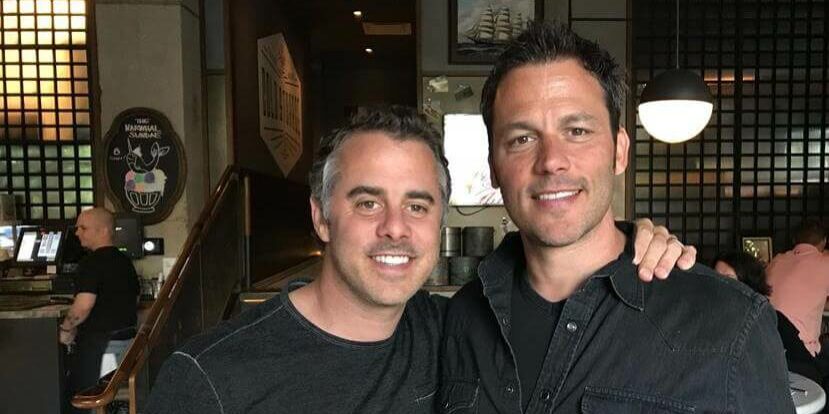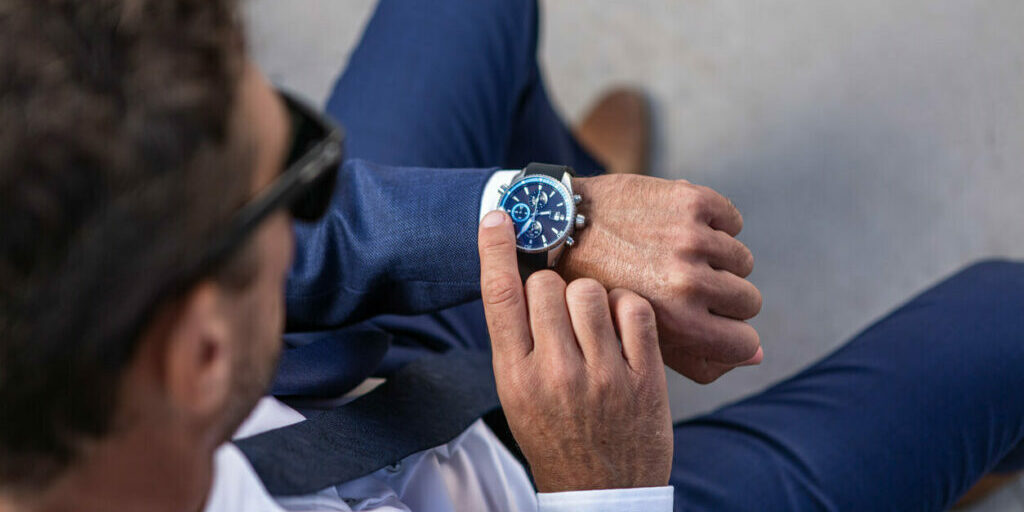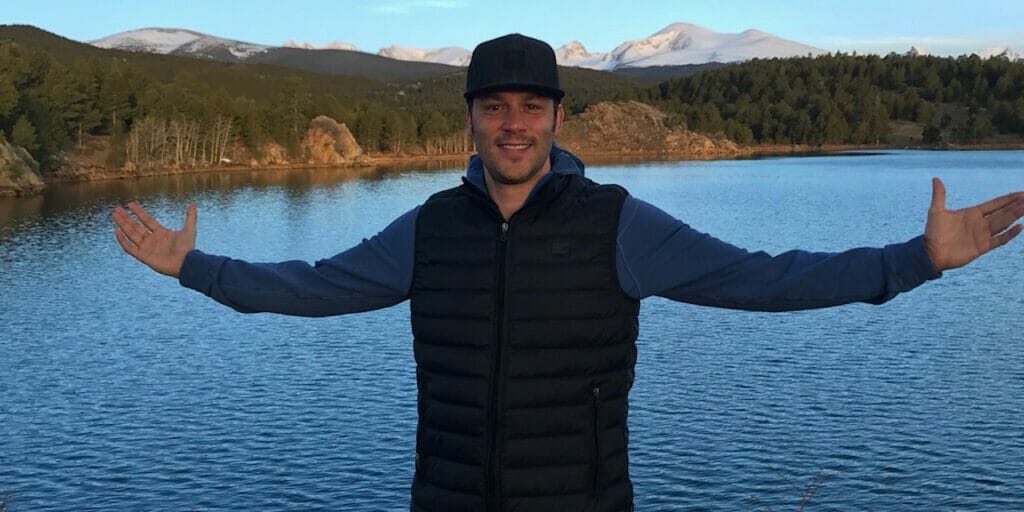I was sitting in the front row, anticipating the start of the sales kick-off meeting. In 45 minutes, the stage would be mine. I was following the CEO’s opening remarks.
“We have a problem. We don’t have enough sales. We are capable of more.”
That was an aggressive start, and the CEO never slowed down. His sales organization was coming off a year of significant growth, and he was issuing a very direct challenge. Forty-five minutes of challenge later, the CEO completely missed his opportunity to congratulate, connect, engage and set the stage for a powerful few days of learning and development. I doubt he was even aware it went down that way.
I see a lot of CEO presentations from the on deck circle. A few weeks ago, following a compelling kick-off presentation, one executive asked me to offer some feedback.
“You do this for a living. What are a few things I could do to deliver more effective presentations?”
Our conversation turned into a coaching session. In that session we walked through four areas of opportunity. The focus was customized for this executive, however, if you’re giving a presentation (and you’re likely giving “presentations” daily as you try to persuade and influence), these four keys can help you deliver for impact.
4 Keys to a More Effective Presentation
Prepare To Win
How many hours do you spend preparing? My question perplexed the CEO slightly because the investment of “hours” didn’t fit with his schedule. When we analyzed the potential ROI of standing in front of his own sales organization one time a year, he recognized the moment deserved a bigger investment of his own time and thinking.
This isn’t work that gets delegated. So, we practiced how to practice. The key is to practice exactly like you want to present. I prefer to work from a script but I don’t memorize it word for word. I’m not an actor. I’m trying to make an authentic connection by being the best version of myself.
I know my content and the context of the situation cold, but no two presentations are ever the same. I engage the audience, ask questions, prompt participation and will course-correct if the situation requires it. That ability comes through disciplined preparation. If you want to know exactly how I prepare for every presentation, you can check out this post: Prepare to Win or Prepare To Discount.
Tell A Story
“After a presentation, 65 percent of attendees remember stories. Only 5 percent remember statistics.” Chip & Dan Heath.
I spent two years and a lot of money conducting statistically valid proprietary research. But tomorrow, nobody is going to recall any of the data. That hurts but it’s simply how the human brain functions.
People remember the story. Stories inspire us and help us invest in an idea more completely. They create an emotional connection that goes beyond a data set. They compel us to take action. Stories are the most powerful form of persuasive communication, and the best stories can endure the test of time. The stories that tend to move us the most aren’t about big business or brands. They’re about people. Search for the human element in the lesson you want to share, and you’ll immediately elevate your story’s impact. Here’s a good example:
VIDEO: Pouring Happiness
Brand The Experience
There’s a reason that the master of the presentation experience, Tony Robbins, has attendees walk across fire during his UPW events. It elevates the emotional engagement around the learning and improves the odds that people are going to take the action necessary to create a breakthrough. The goal of the experience is to apply what you learn to your own life and walk away with important decisions and commitments about the future.
How can you apply this methodology in your own presentations? Simple. It’s an approach I call “blended learning.” Every seven minutes or so, vary the learning experience for the audience. You can incorporate video, ask questions, invite participation, or try a simple assignment or visualization exercise. It all works! Music is also a must and the simplest way to elevate emotional impact.
Bridge The Gap
The most important minute of any presentation is what happens next! If your goal is to inspire action, I strongly suggest earning a commitment in the moment. People are most inclined to commit to change when they are in an elevated, emotional state and the social pressure of the group dynamic definitely helps! Leave people to their own devices upon returning to their daily lives and it’s easy to retreat to our routine and abandon the discomfort of moving directly out of our comfort zone.
I earn a commitment in the moment by asking people to develop a TAN Plan. TAN, simply an acronym for TAKE ACTION NOW, an invitation to make an on-the-spot decision about the go-forward commitment.
Video: Decide and Commit
When you decide, commit and follow through with an action plan, your entire life can change.
Amazing how much 1 hour with @RyanEstis can change your entire life!! #HumbleHungryHustle What do YOU like to do when you're not working?
— Blake Benton (@blake_benton) March 31, 2017
I cannot think of a more important reason to give a presentation than to help someone change for the better. We each have that opportunity to have an impact on the people we care about every time we share our ideas.
“The only reason to give a presentation is to change the world.” -Nick Morgan
The world changes one person at a time.










